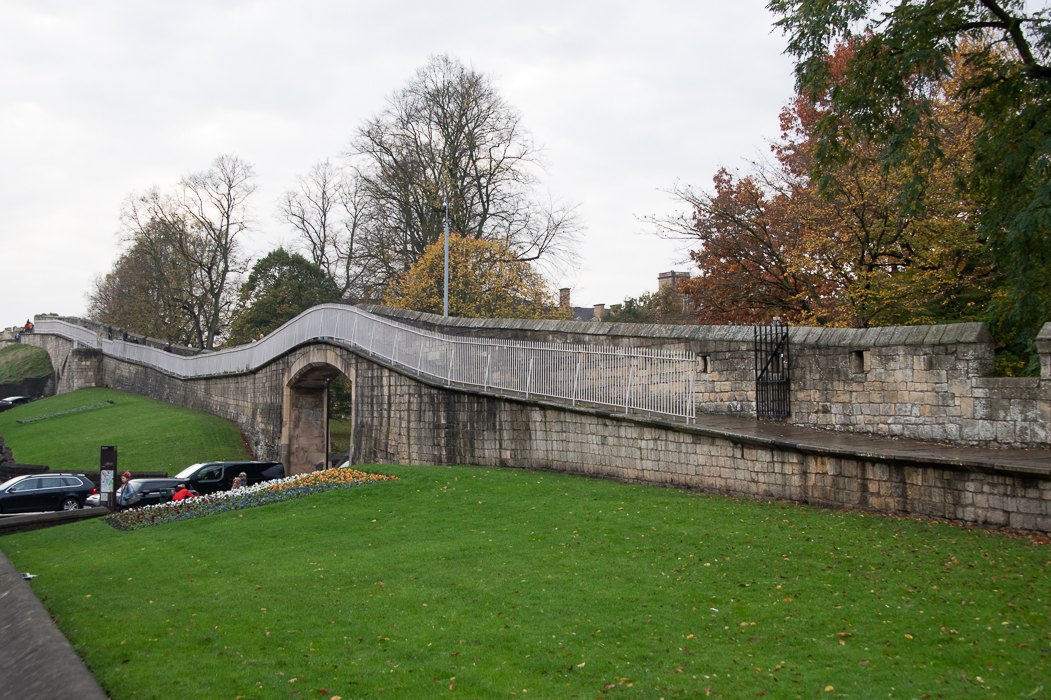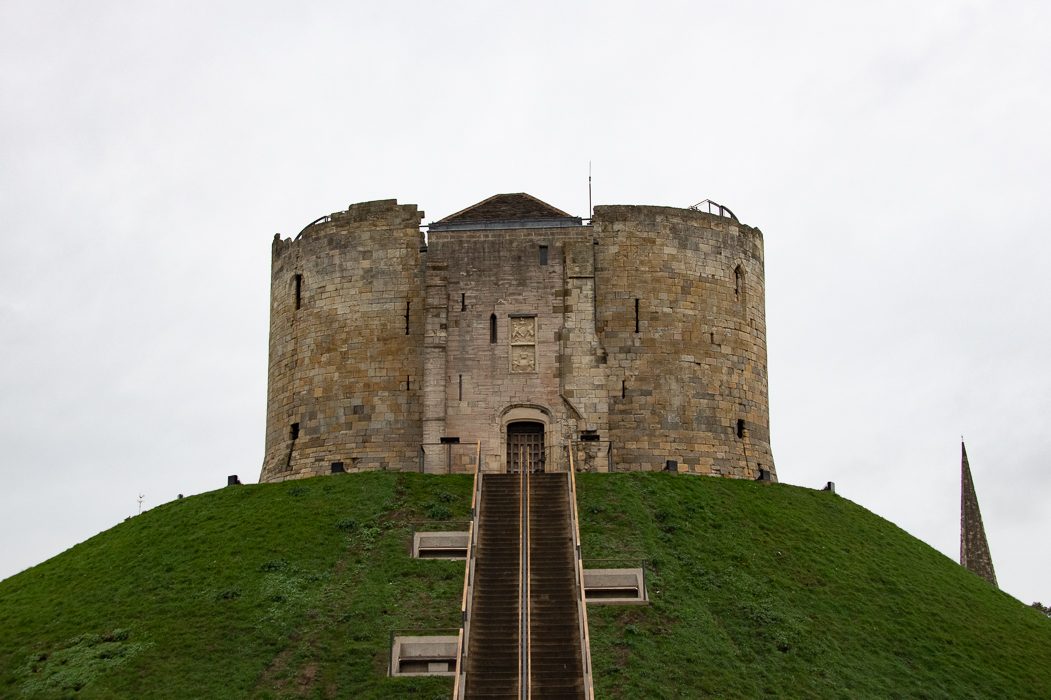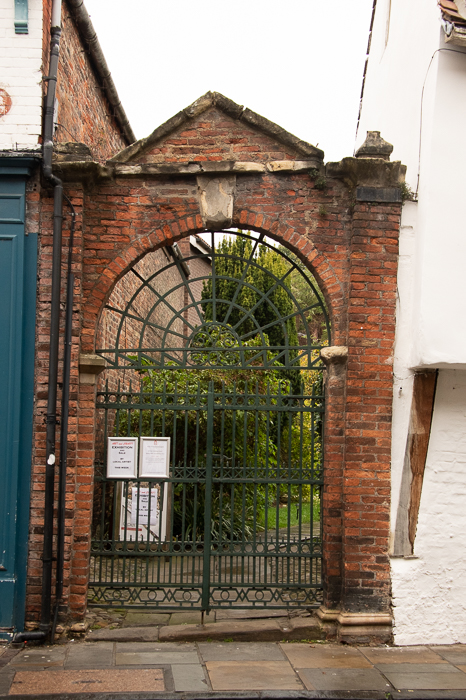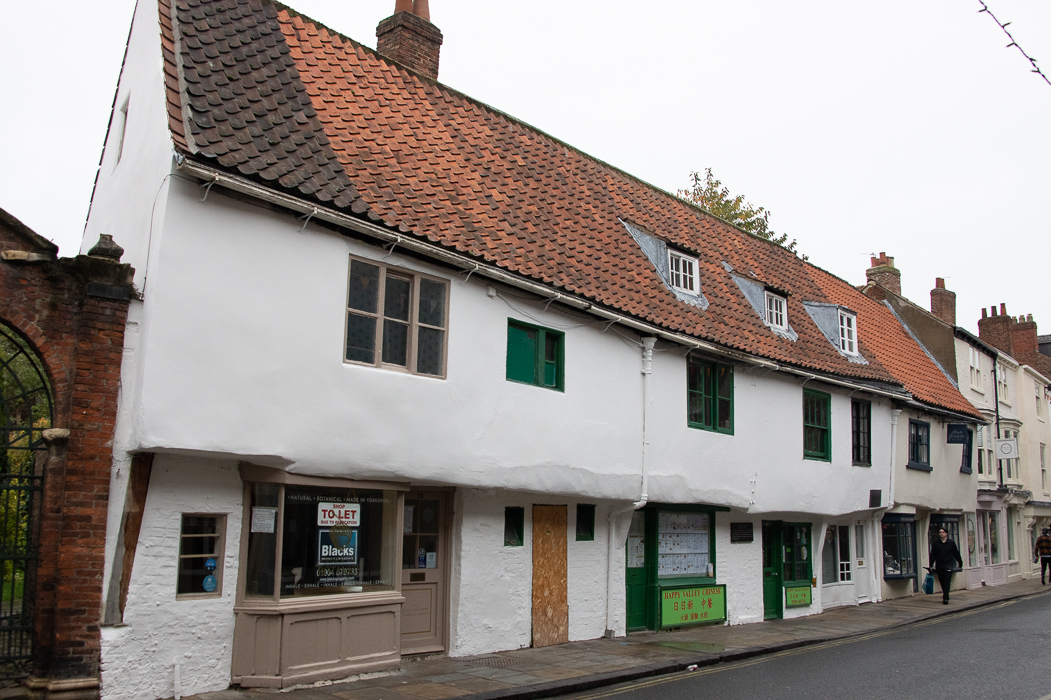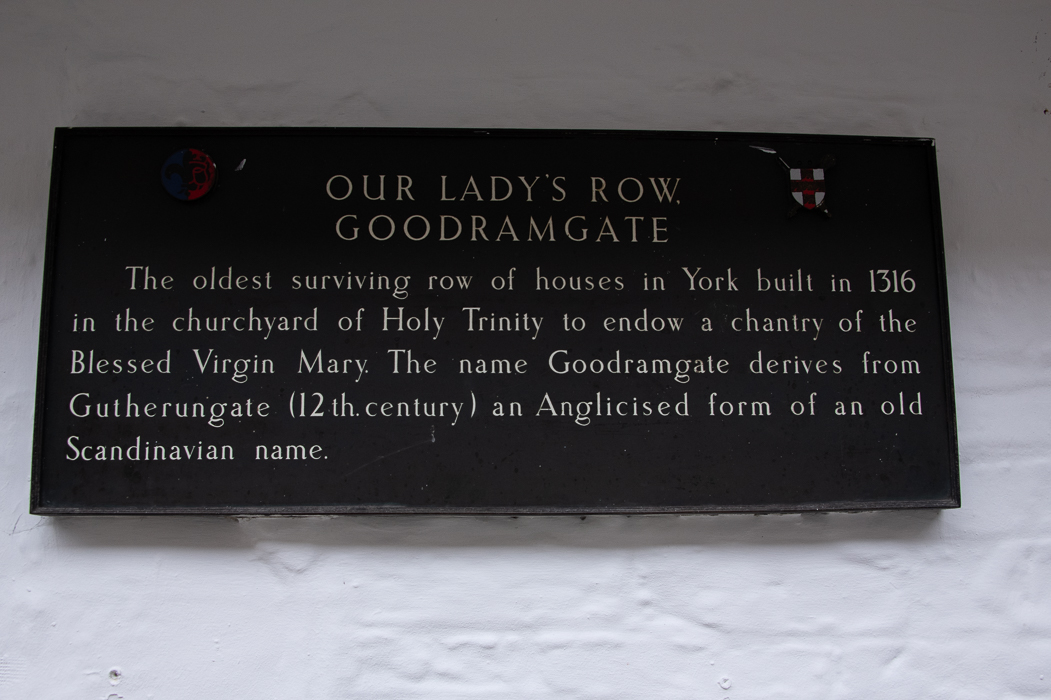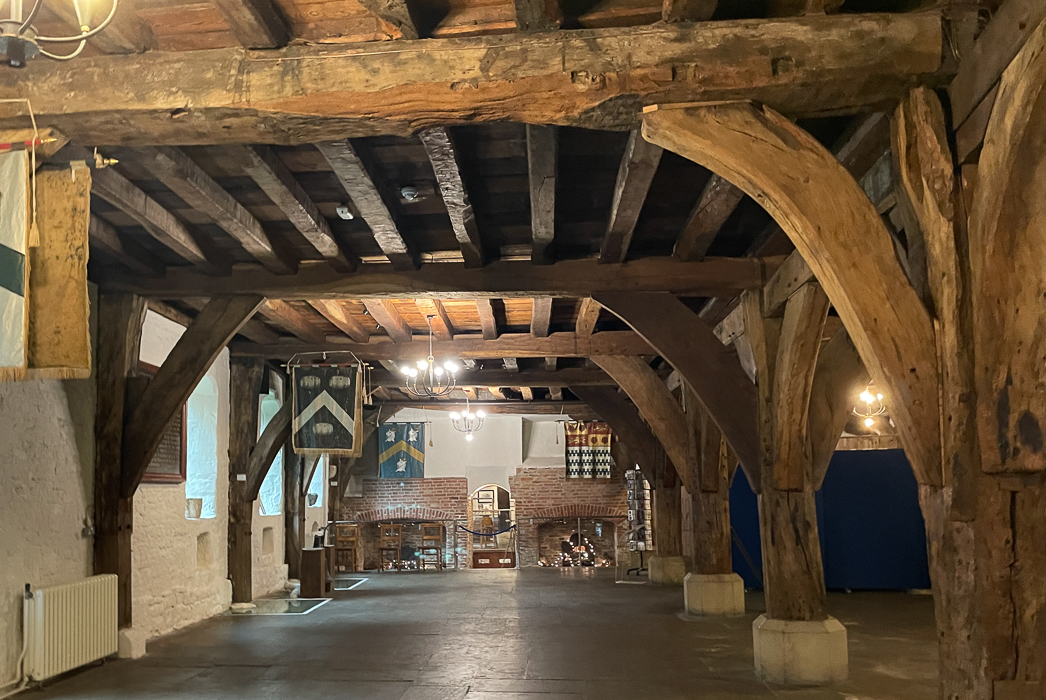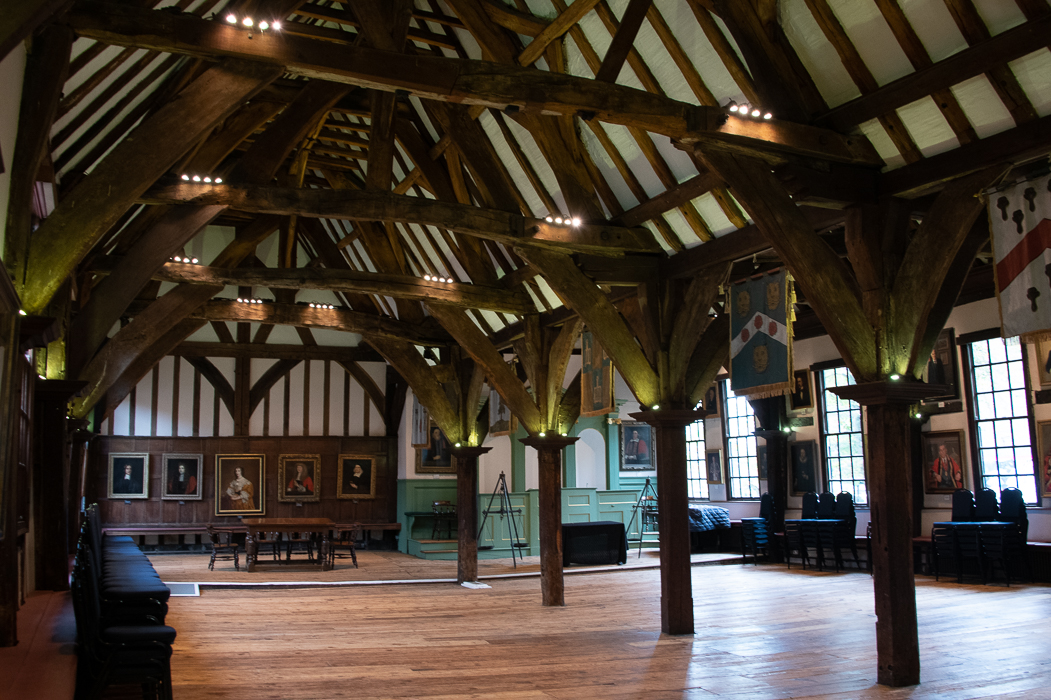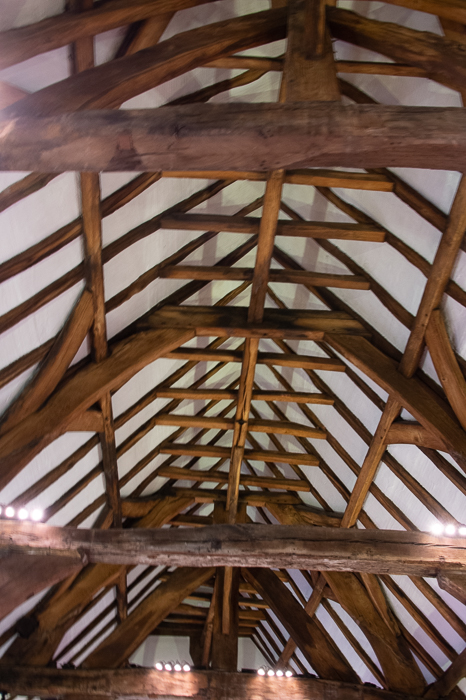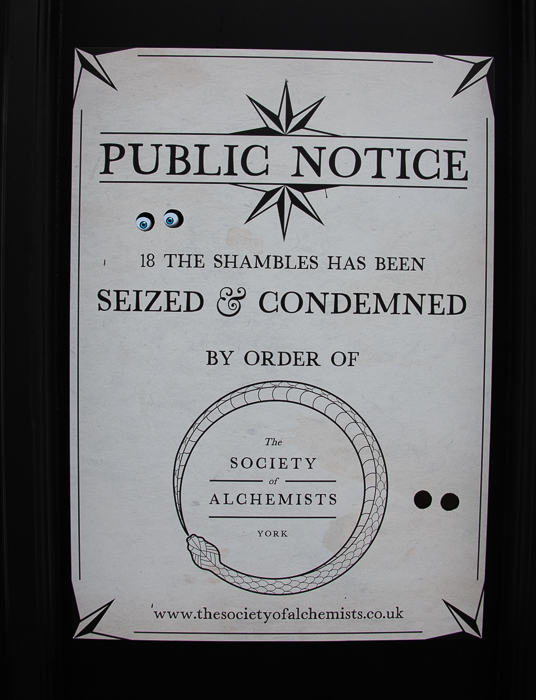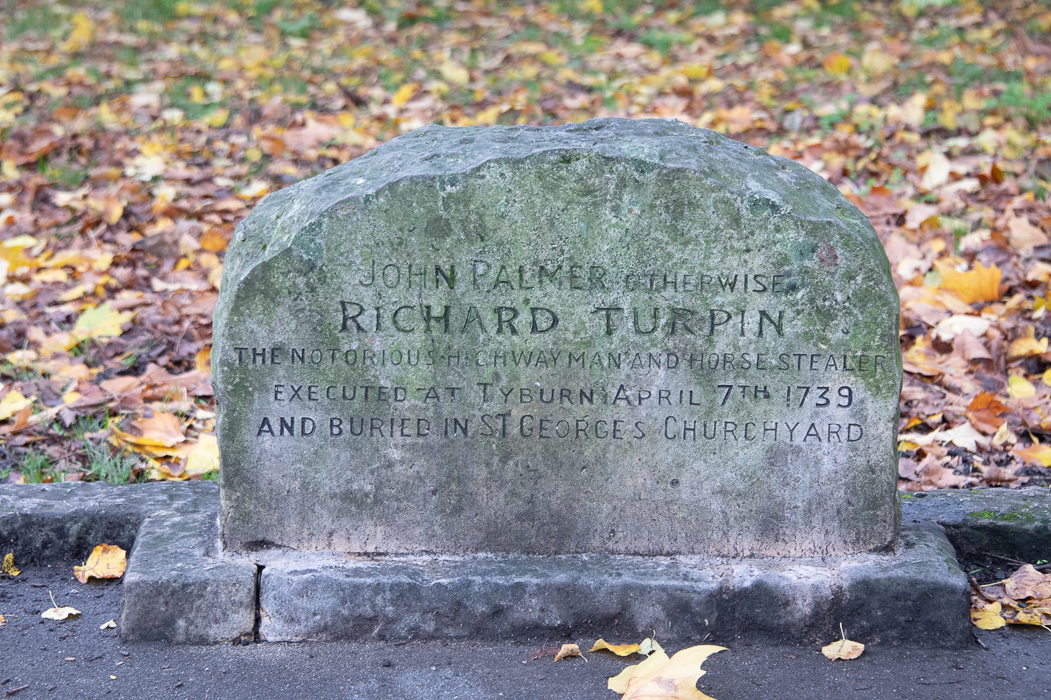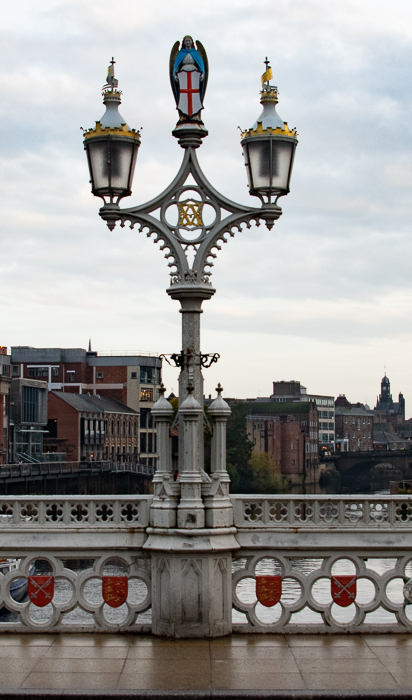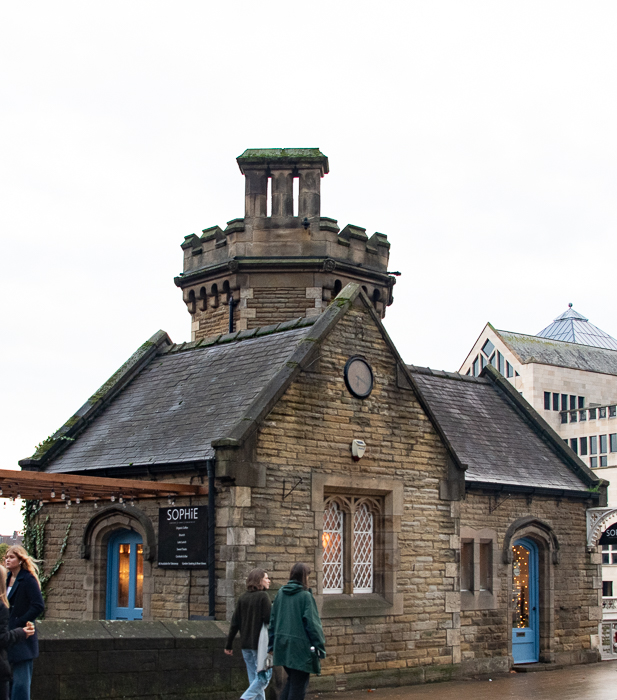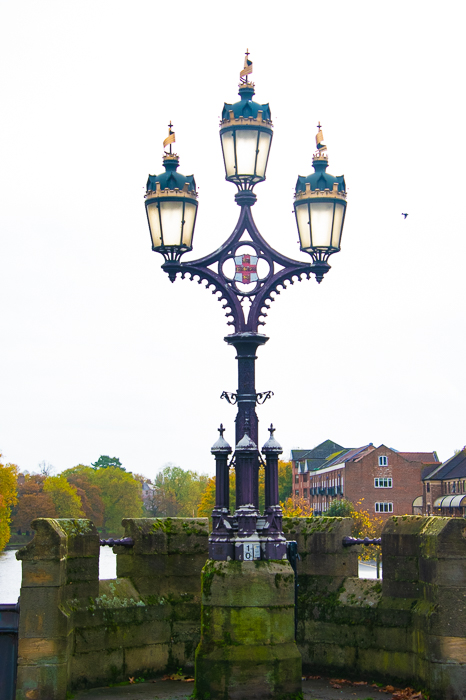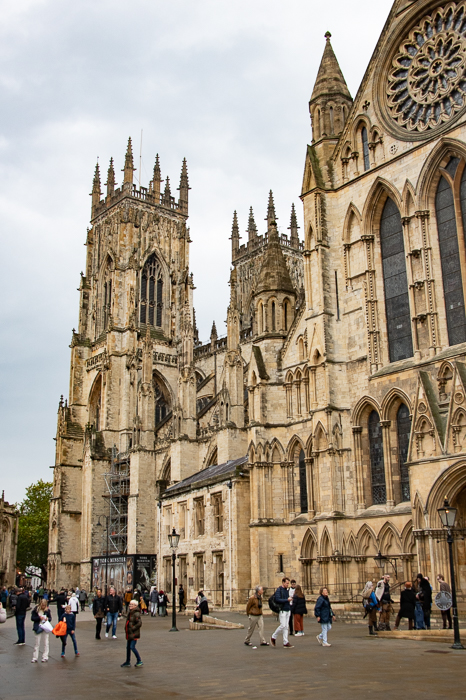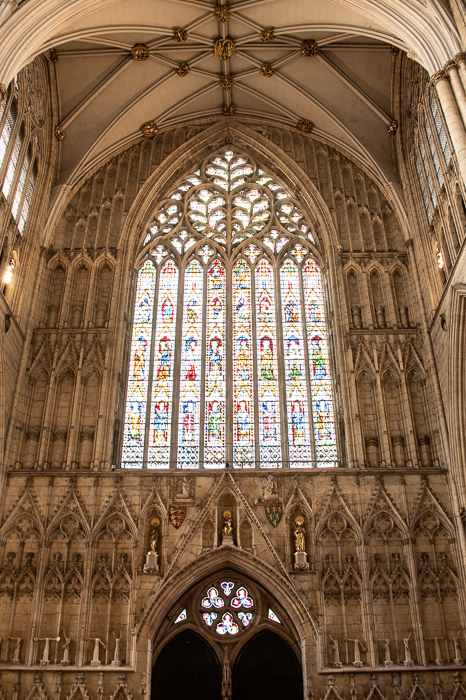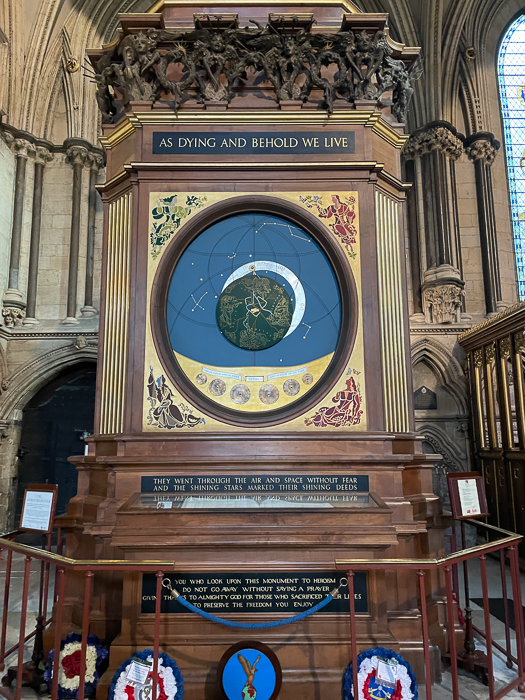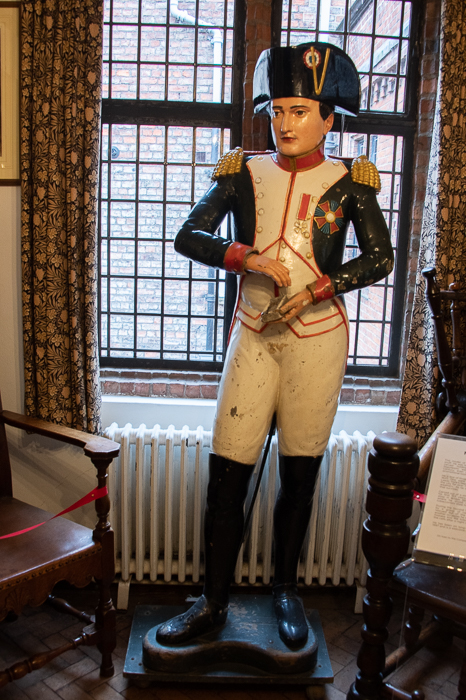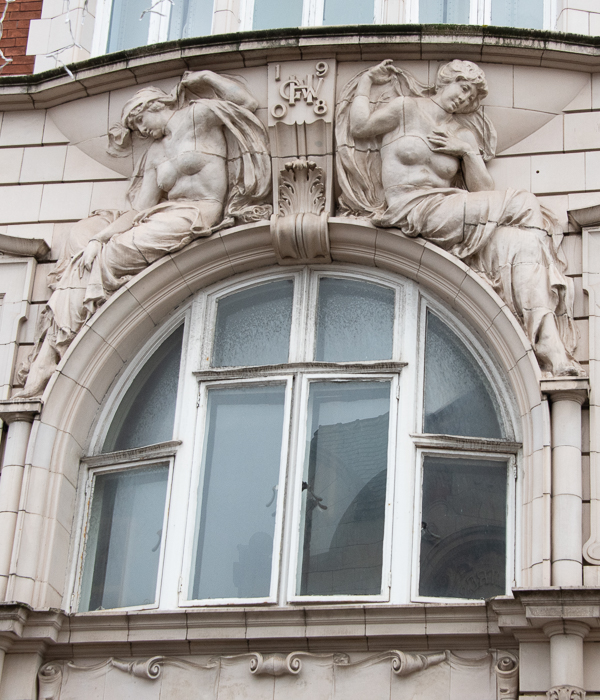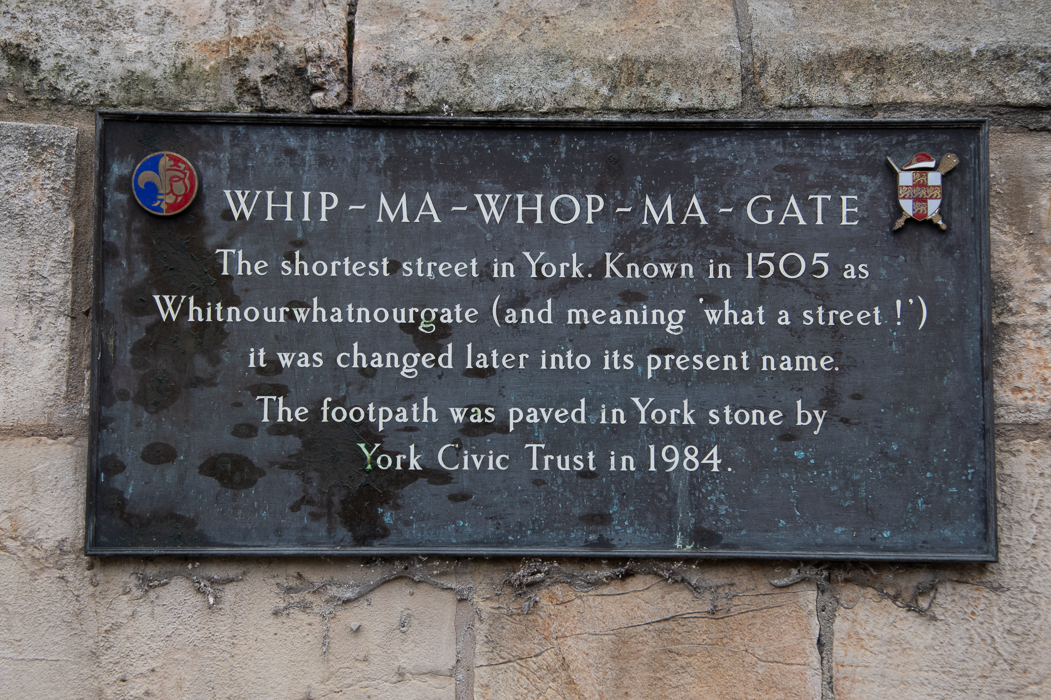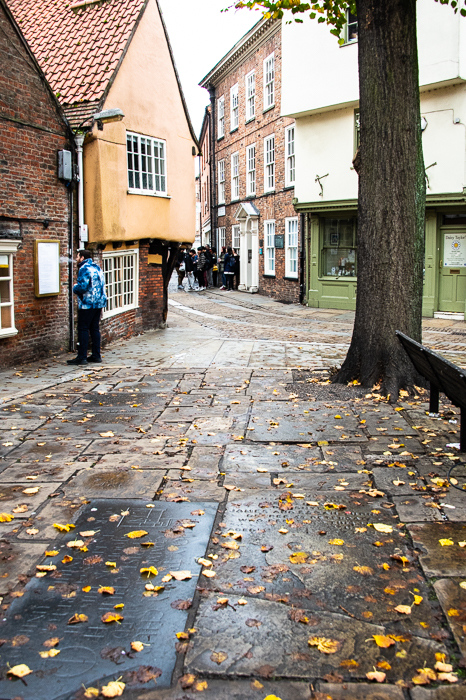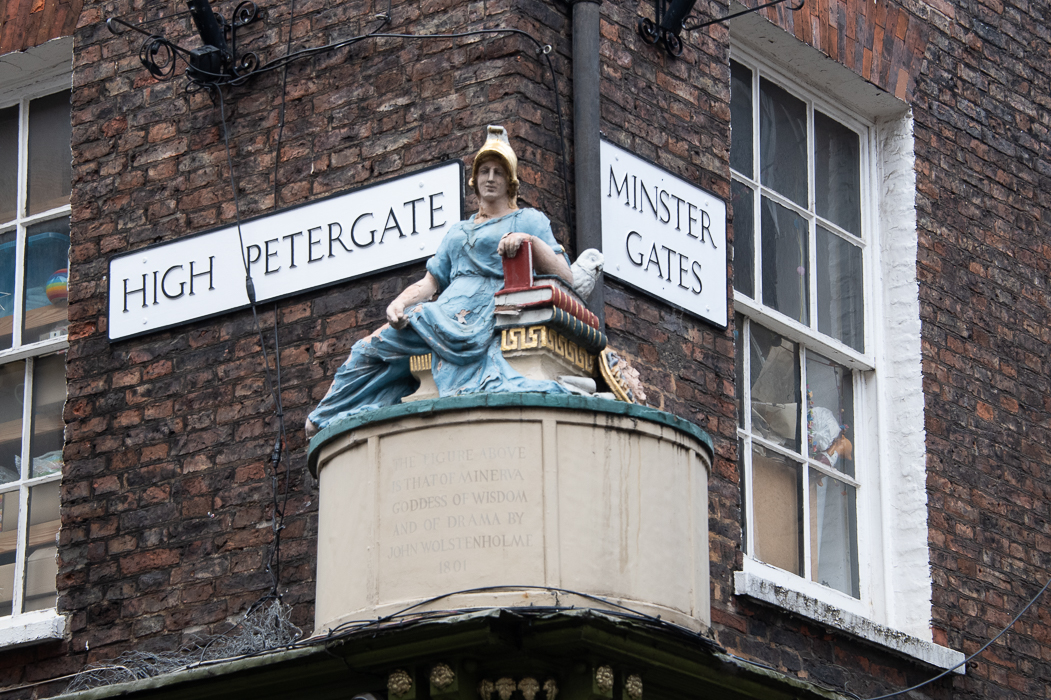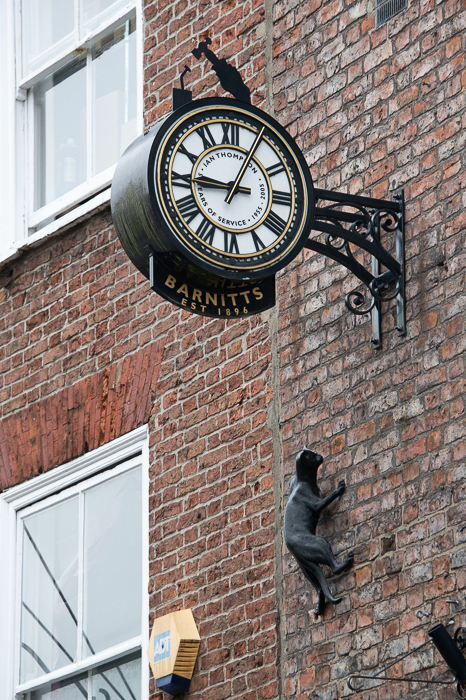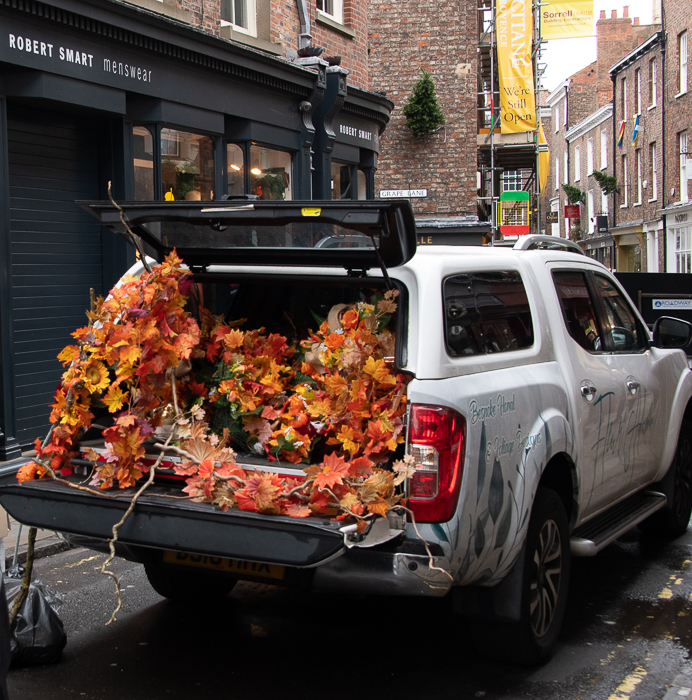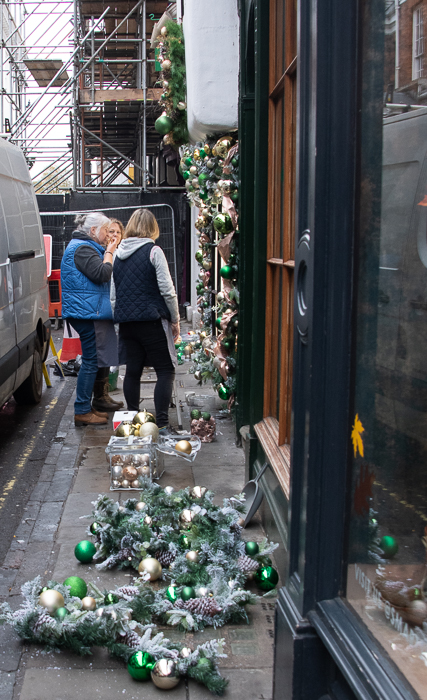October 30, 2022
The city of York gives its name to the County of Yorkshire. While the House of York was one of the two protagonists’ family clans in the Wars of the Roses, during the 15th century, it was primarily a Roman military encampment known as Eboracum.
The keep of the medieval Norman castle is referred to as Clifford’s Tower. It was originally built on the orders of William I to dominate the former Viking city of Jórvík. An explosion in 1684 rendered it uninhabitable.
This area now called Goodramgate once lay within the walls of the Roman town of Eboracum. The town was first mentioned in records in 1180.

Merchant Adventurers Hall
The Merchant Adventurers’ Hall is a medieval guild hall. The majority of the Hall was built in 1357 by a group of influential people to form the religious fraternity Guild of Our Lord Jesus and the Blessed Virgin Mary.
The Hall belongs to and is still regularly used by The Company of Merchant Adventurers of the City of York (a status granted them by Queen Elizabeth in 1581), who, although no longer dedicated to mercantile functions still exist as a charitable group.
The Undercroft walls are made of limestone and brick. The Undercroft functioned as a hospital and almshouse from 1373 until around 1900.
The woodwork in the guildhall is not to be missed.
The Snickelways of York, are a collection of small streets and footpaths in the city. The word Snickelway was coined by local author Mark W. Jones in 1983 in his book A Walk Around the Snickelways of York. Although the word is a neologism, it is now part of the local vocabulary and has been used in official council documents.
The word Shambles’ is used as a general term for the maze of twisting, narrow lanes York is known for. The actual street called the Shambles is considered the best-preserved medieval street in the world. It was mentioned in the Doomsday Book of William the Conqueror in 1086.
The Shambles was originally a street of butchers’ shops and homes, many with a slaughterhouse in the back. This is why the pavements are raised on either side of the cobbled street, this allowed the butchers to wash away the offal and blood twice a week.
The line you see above was one-half of a block long. This is all thanks to Harry Potter. The Shambles is said to be the inspiration for Diagon Alley.
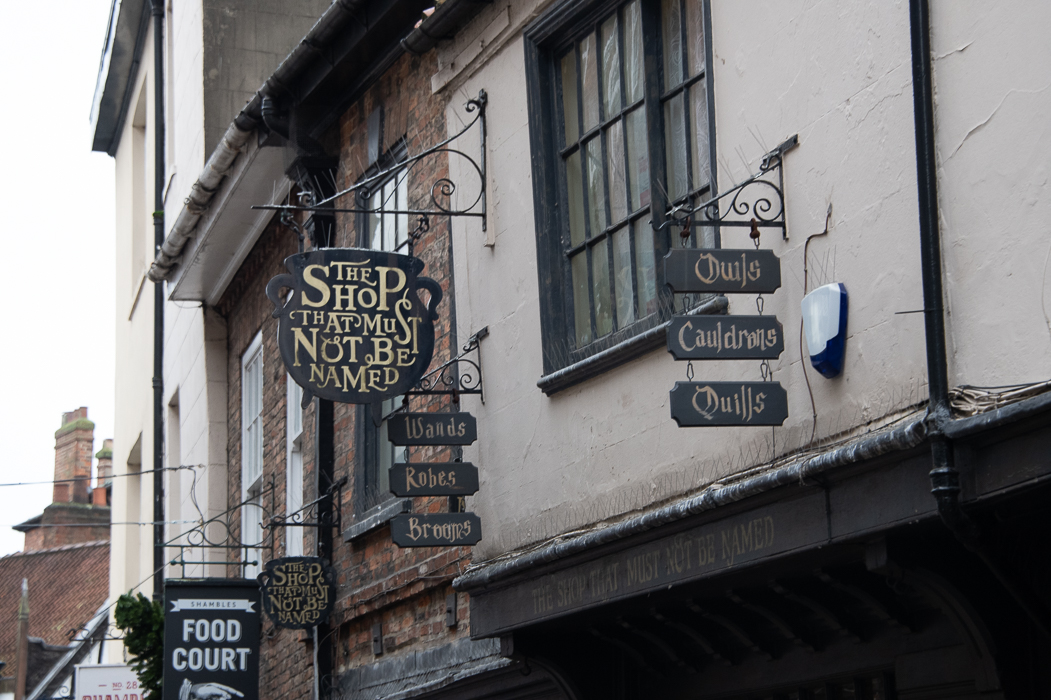
This is just one shop dedicated to the spirit of the Harry Potter Books bringing in hundreds of tourists.
*
While Dick Turpin wasn’t from York he is buried in a small graveyard behind St. Georges. His story is rather interesting. He was a member of the violent Gregory Gang and became a highwayman when the gang disbanded. Having shot and killed a man who attempted to capture him he fled to Yorkshire. He was discovered when he shot his landlord’s cockerel. At the time he gave his name as John Palmer.
He was moved to York Castle and wrote his brother asking for help. His brother refused to pay the sixpence due on the letter and it was returned to the local post office where Turpin’s old schoolmaster recognized his handwriting and identified him. He was sentenced to death. At his hanging at Tyburn, Turpin hired five professional mourners to follow him up the scaffold and apparently put on a show for the large crowd.
Later his body was dug up and taken to a surgeon, a common practice of illegal medical dissections in those times. The York people discovered what had happened and descended in an angry mob on the surgeon’s house and made sure Turpin was laid to rest for good.
He most likely would have been forgotten if it were not for Harrison Ainsworth best selling novel of 1834 Rockwood.

The River Ouse – The name was first recorded in about 780 as Usa. It has been speculated that the name is of Romano-Brittonic (Celtic) origin, from an assumed word udso, assumed to be derived from the Indo-European root wed-, meaning “water”
When built the Lendal bridge put the ferryman out of business. Records show that he received compensation of 15 pounds and a horse and cart.
A toll was charged to cross the new bridge to help pay for its construction. The charge was half a penny for foot passengers, a penny for animals, and twopence for horse-drawn vehicles. The two small toll houses can still be seen today, now housing cafés. The last toll was charged in 1894.
York Minster
York Minster is so huge it is impossible to properly photograph. The minster was completed in 1472 after several centuries of building.
In July of 1984, York Minster suffered a serious fire in its south transept. Firefighters deliberately collapsed the roof of the South Transept by pouring tens of thousands of gallons of water onto it, in order to save the rest of the building.
The history of York Minster and its architecture would take volumes. A few photos will have to do.
*
The doom stone is carved from limestone and is a relief of hell dating from the 12th century. It depicts a cauldron into which the souls of the damned are being pushed and tortured by demons. Above the cauldron, a well-dressed woman depicts luxury, and two figures with heavy purses around their necks depict avarice.
There are two demons and two devils who support the cauldron and hold a tortured soul in the flames. To the right of the cauldron are three mouths of hell. You can also find toads in the carving. Toads were magical creatures in Norman times.
The clock was designed in 1944 by Robert d’Escourt Atkinson, the chief assistant at the Royal Greenwich Observatory. The design is based on the appearance of the sun and stars from the viewpoint of a pilot flying over York. The clock sustained damage in the fire so it no longer keeps accurate time.
Installed in 1955 it is a memorial to the airmen operating from bases in Yorkshire, Durham, and Northumberland who were killed in action during World War II.
The Chapter house is magnificent but so dark that photos are difficult at best. Built in the Decorated Gothic style it was begun in 1260 and completed in 1286. The carvings along the walls date from 1270 to 80 and include different forms of foliage, many types of animals (both real and mythical), people, and wonderful demonic creatures. The story behind these carvings is not known, but they are a wonder to behold.
Fun Things Around Town
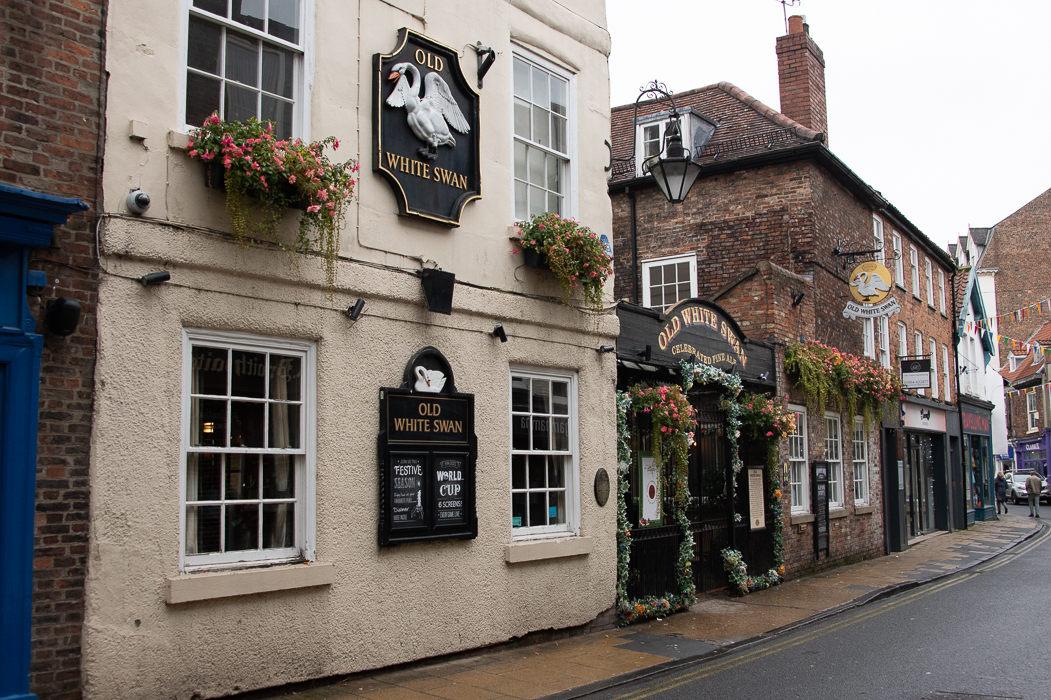
The Old White Swan is now a conglomeration of 6 buildings the earliest dating from the 16th Century.
The Merchant Adventurer’s Hall serves as a small museum on the upper floors. Napoleon caught my eye. He is one of three models imported from France in 1820 and stood outside the Tobaconnist shops of Mr. Clarke on Bridge Street, then Mrs. Judith Thorpe’s all while advertising snuff. Despite being tossed into the Ouse during the Second World War it is thought to be the only one of the three that survived.
A church stood here until 1937. Once it was demolished all that was left were the graves that would have been in the floor of the church.
Around 1470 this part of town was known as Bookland Lane and later as Bookbinders Alley. The refurbished Minerva, the goddess of learning and wisdom, is appropriately resting her arm on a pile of books.
It is the end of October, and with no Thanksgiving to celebrate, fall decorations come down and Christmas decorations go up.
There is so much to York, but with just a few hours I had to do my best. Fortunately, much of the city’s history is crowded in a small area. Next visit I will get to the Railway Museum.
